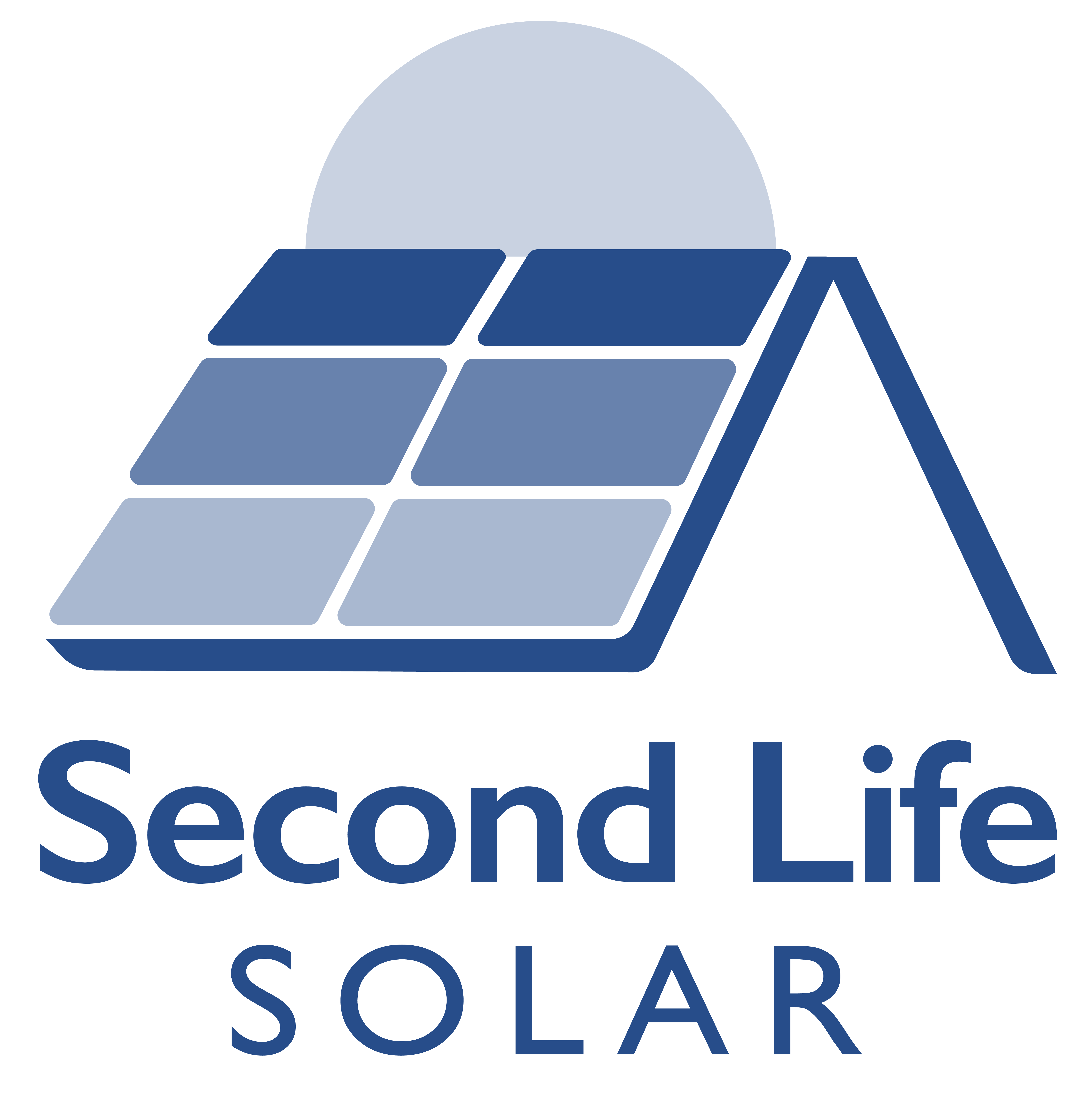Solar panels have transformed the way we generate energy, providing a versatile and sustainable solution for a variety of applications. By harnessing the sun’s energy, solar panels can generate solar electricity for homes, businesses, and even large-scale infrastructure projects.
Let’s explore where solar panels are used and how they contribute to a cleaner, greener future.
Solar panels are most commonly associated with residential rooftops. Homeowners install PV systems (photovoltaic systems) to generate solar power, reducing reliance on traditional electric power grids. This not only lowers electricity bills but also allows households to tap into a sustainable energy source with minimal environmental impact.
Beyond electricity, solar panels can also be used for solar thermal applications, such as providing hot water for household needs. These systems convert the sun’s energy into heat, offering an efficient alternative to gas or electric water heating systems.
Businesses and industries are increasingly adopting solar panels to power their operations. With the advantages of solar, such as long-term savings on energy costs and reduced carbon footprints, companies across various sectors are investing in clean energy solutions.
Warehouses, factories, and office buildings often install large-scale PV systems on their rooftops or nearby land to generate electricity generation capacity tailored to their needs.
This not only contributes to corporate sustainability goals but also provides a reliable energy source for uninterrupted operations.
One of the most significant uses of solar panels is in solar farms, which are large arrays of panels designed to produce electricity on a massive scale. These farms are vital for utility scale solar projects, feeding energy directly into the grid to power entire communities.
By converting vast amounts of solar energy into usable power, these installations help meet growing global energy demands while minimising the environmental impact of electricity production.
In areas where traditional energy infrastructure is unavailable or unreliable, solar panels offer an invaluable solution. Remote villages, disaster-stricken regions, and off-grid properties use solar panels to generate electric power, providing a sustainable lifeline for communities in need.
These applications often combine solar panels with battery storage systems, ensuring energy availability even when the sun isn’t shining. This flexibility makes solar technology a game-changer for areas without access to conventional energy production facilities.
Solar panels are also being used to power vehicles and transportation systems. Solar-powered cars, boats, and even planes are becoming more common as innovators push the boundaries of renewable energy.
On a smaller scale, solar panels are widely used for charging electric bikes, scooters, and mobile devices, offering a portable and eco-friendly solution for on-the-go energy needs.
Cities and governments are incorporating solar panels into public infrastructure, such as streetlights, bus shelters, and charging stations. These applications not only promote the use of renewable energy sources but also demonstrate the adaptability of solar technology in urban environments.
Solar panels are also being integrated into buildings through architectural innovations like solar windows and façades, further embedding solar energy into the fabric of modern cities.
Solar panels play a crucial role in agriculture, where they power irrigation systems, lighting, and even crop-drying equipment. By harnessing solar electricity, farmers can lower their energy costs while reducing reliance on fossil fuels.
Additionally, solar panels are used in environmental monitoring systems, such as powering sensors that track weather conditions, wildlife movements, or water quality. This intersection of technology and sustainability highlights the diverse capabilities of solar power.
The military has long relied on solar panels for powering equipment in remote locations, offering a lightweight and reliable energy solution. Similarly, space agencies use solar panels to generate power for satellites, space stations, and interplanetary missions, demonstrating the unmatched reliability of solar technology in extreme environments.
From residential rooftops to sprawling solar farms, the versatility of solar panels is unmatched. As a leading clean energy technology, they provide sustainable solutions for a wide range of applications, reducing reliance on non-renewable resources and lowering electricity bills for users worldwide.
Whether used for powering homes, businesses, or entire cities, solar panels are shaping the future of energy production and paving the way for a cleaner, greener planet.
As innovations in solar cell efficiency and storage technologies continue to advance, the potential for solar panels will only grow, further solidifying their role as one of the most promising renewable energy sources in the world.
Looking to embrace solar energy without the hefty upfront costs and carbon footprint of brand new panels? At Second Life Solar, we offer high-quality, refurbished solar panels that bring high performing clean energy to businesses.
Whether you’re powering a small project or a large-scale operation, our range of used solar panels for sale provides a cost-effective, sustainable solution.

At Second Life Solar, we specialise in supplying used solar panels to buyers worldwide.
© All Rights Reserved.